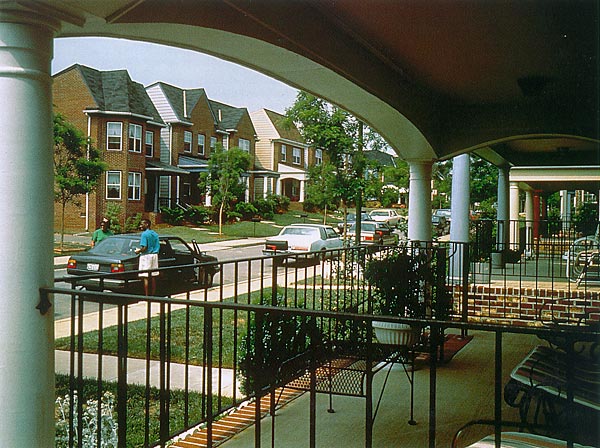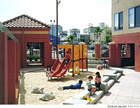|
 Welcome to a step-by-step guide to achieving design quality.
Welcome to a step-by-step guide to achieving design quality.The 20 Steps listed below provide a systematic method for doing all you can to build design excellence into an affordable housing development project. They have been developed by owners and designers to provide a useful framework at every stage of the design, construction, operations and maintenance process. Each step describes a set of actions to be undertaken and includes forms and checklists to help structure and guide the process. Each step also explains who should do it, when it should be done, why it is important, and how doing it will help move a project forward. Individually, each step is a useful source of advice on strategies for achieving better design. Collectively, the 20 Steps are a powerful tool that can help make design excellence a reality for affordable housing developments across the country.
|



